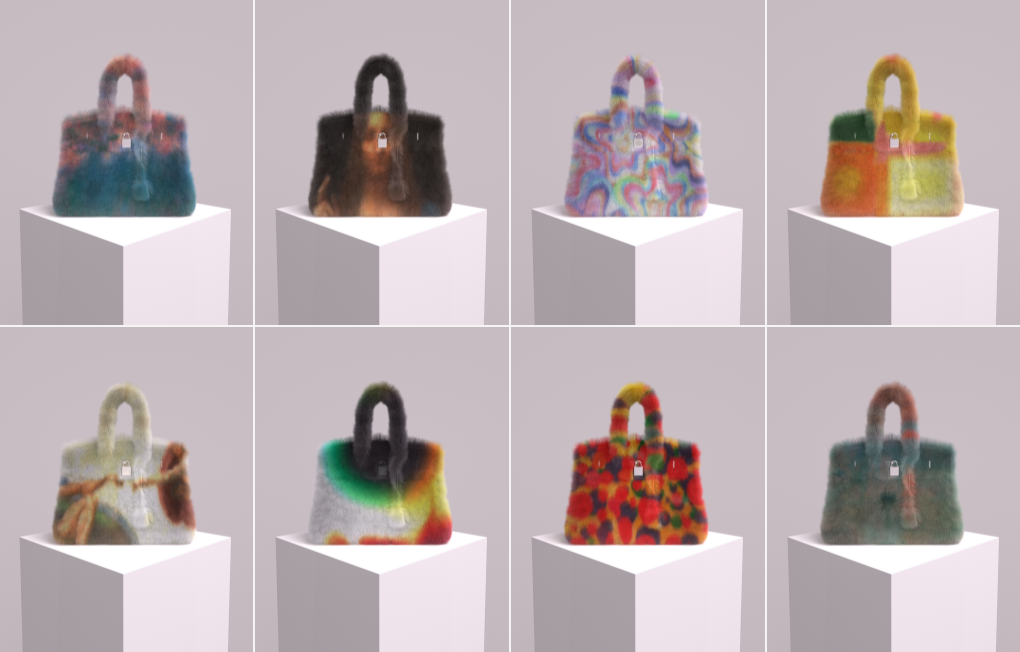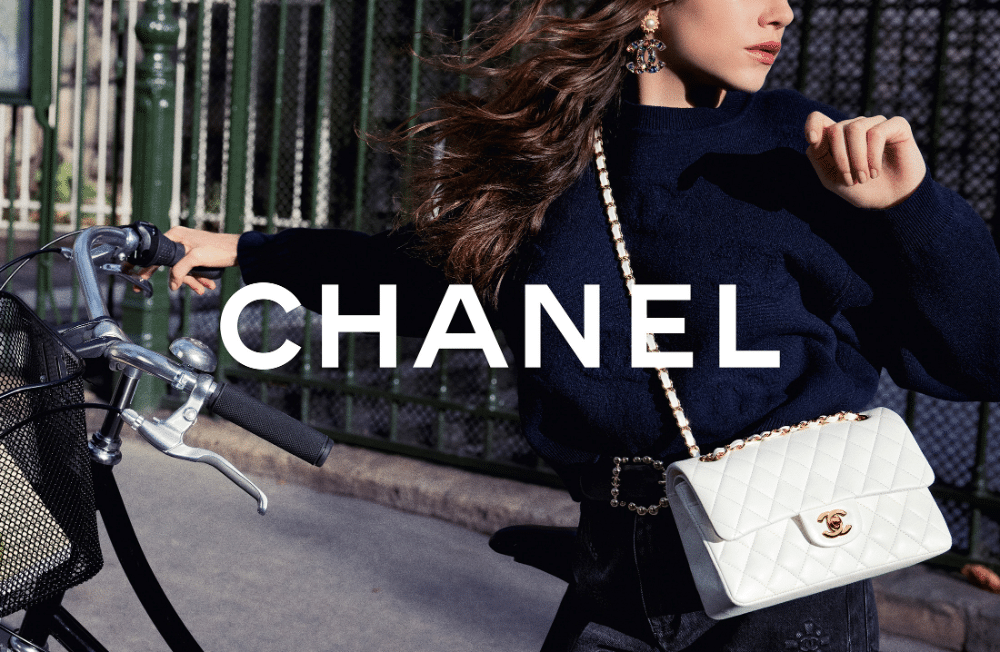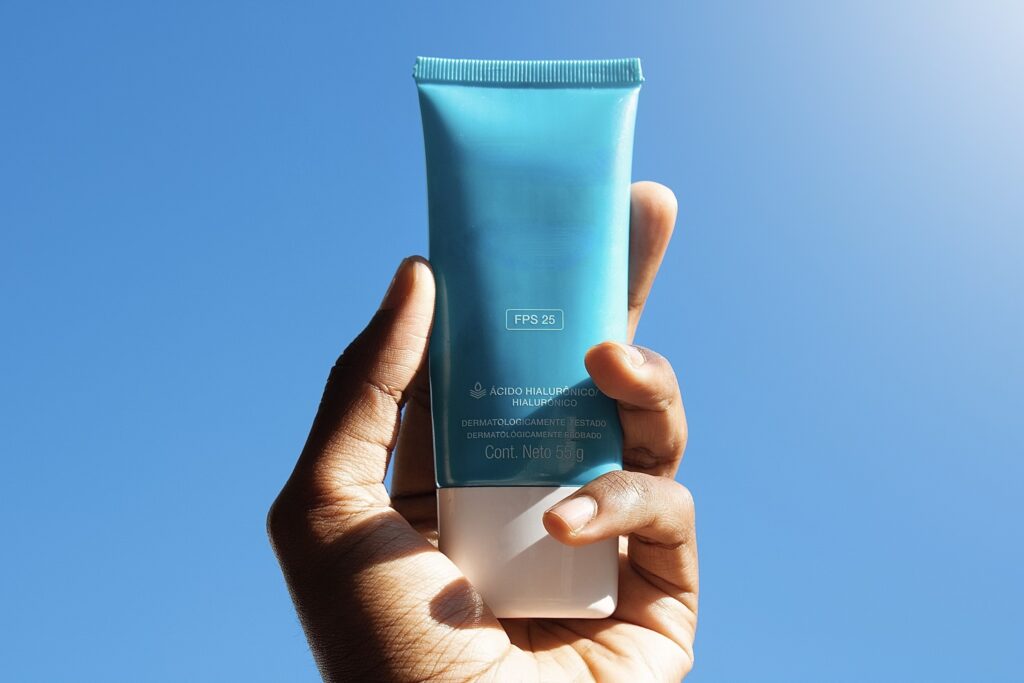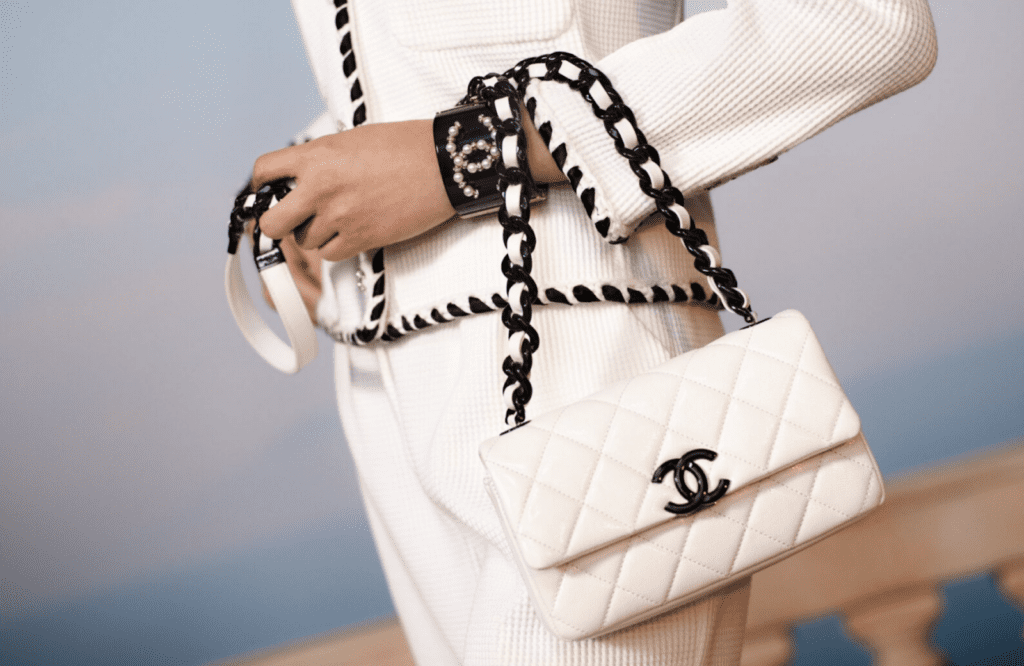Hermès is arguing against dismissal in the case that it has waged against the maker of the MetaBirkins non-fungible tokens (“NFTs”) early this year. In response to a motion to dismiss filed by counsel for MetaBirkins creator Mason Rothschild – aka Sonny Estival, Hermès claims that the court should deny the motion, characterizing Rothschild as “an opportunistic infringer,” who is “trading off [its]’ substantial goodwill to sell digital handbags that he describes as ‘commodities,’” and arguing that his motion to dismiss “invites the court to make factual determinations contrary to the allegations [in Hermès’] amended complaint and change the law to immunize infringers from Lanham Act claims in virtual worlds known as the metaverse.”
In its response on April 4, Hermès asserts that Rothschild’s motion to dismiss should be tossed out, as it has sufficiently pleaded claims for trademark infringement, trademark dilution, and cybersquatting. Speaking specifically to its trademark infringement claim, Hermès primarily alleges that that Rothschild is using the MetaBirkins name as an indicator of source (i.e., as a trademark), arguing that the use of a trademark “to identify a product line and to promote a business enterprise is the essence of trademark use.” And in a nod to Rothschild’s use of the MetaBirkins name as the domain for his website and as the handle for across various social media channels, Hermès points to the U.S. Court of Appeals for the Second Circuit’s long recognition that “use of a mark as the address, or name, of a website,” for examples, “is a trademark use.”
Use in the Metaverse
Against that background of alleged trademark use, Hermès claims that Rothschild’s use of the MetaBirkins mark is giving rise to actual confusion, as indicated by an “overwhelming” number of “examples showing that sophisticated media outlets, as well as consumers, have actually been confused as to: (1) Hermès’ affiliation with the MetaBirkins collection of NFTs; (2) the relationship between the MetaBirkins collection of NFTs and authentic Birkin handbags; and (3) Hermès’ authorization or sponsorship of the MetaBirkins collection of NFTs.” Hermès goes so far here as to claim that “the popularity and high prices” of the MetaBirkins NFTs have been “driven by” that confusion and by “consumers’ mistaken understanding that they are Birkin handbags in the metaverse,” and not the result of the Rothschild’s “alleged ‘art.’”
Hermès also states that despite Rothschild adding the prefix “Meta” to his use of Hermès’ Birkin mark, and “suggesting that this addition constitutes an artistic allusion that distances his mark from Hermès’,” that is not the case. “Instead of dispelling confusion,” Hermès argues that the addition to the “Meta” prefix “accomplishes the opposite” and “creates the explicitly misleading impression that Hermès, the only source of Birkin handbags, is offering Birkin handbags in the METAverse.”
As for its own rights in the Birkin mark for use on virtual goods and/or in the metaverse, Hermès contends that it maintains robust rights in the “iconic” Birkin mark, and that both federal and state law protect a trademark owner’s “interest in being able to enter a related field at some future time.” This extends to the use of the Hermès marks on virtual goods, as “offering virtual goods is in Hermès’ natural zone of expansion,” the brand claims, in light of the fact that “fashion brands have entered and are continuing to grow in the metaverse.” Hermès further argues that such alleged instances of actual confusion about whether it is affiliated with/involved in Rothschild’s MetaBirkins NFTs venture suggest that NFTs are well within the realm of expansion for Hermès in the eyes of consumers.
Its rights in the Birkin marks exist, per Hermès, despite Rothschild’s argument that “the enforcement of trademark rights is somehow limited to the realm of physical goods” and despite his “radical position” that in accordance with the outcome in the Dastar case, “‘digital commodities’ cannot be protected under the Lanham Act.” In short: Hermès asserts that Rothschild is essentially asking the court “to ignore that he is selling virtual handbags to be displayed in the metaverse and that he has referred to these virtual handbags as ‘commodities,’ and as an analog to physical handbags (and at similar prices!),” and to “find that [its] trademark rights evaporate in the metaverse.”
(Hermès later argues that if Rothschild were to use the Birkin trademark to sell physical handbags, “it is unclear what First Amendment protection he would be seeking, [and] there is no reason to treat his sales of virtual handbags, which Defendant concedes are digital commodities, any differently.”)
The Relevance of Rogers?
The French luxury goods brand also pushes back against Rothschild’s quest for dismissal on the basis that the precedent set out in Rogers v. Grimaldi, which Rothschild relies on in his defense, does not apply here, and even if it did apply, it does not shield him from trademark infringement liability. As distinct from the Rogers case, which centers on “the use of the title Ginger and Fred for a fictional movie that only obliquely relates to [Ginger] Rogers,” Hermès claims that Rothschild is using the “confusingly similar” MetaBirkins brand to sell “virtual handbags (that appear to be blurry digital copies of actual Hermès BIRKIN handbags).”
Even in the context of otherwise protected speech, “using a mark ‘to suggest the same source identification … is precisely the use that is reserved by the Lanham Act to the owner of the mark,” per Hermès, which claims that Rothschild’s use of the MetaBirkins mark “constitute[s] branding of the digital handbags themselves,” and thus, is “easily disposed of as source identification that is not entitled to protection.”
Beyond that, Hermès argues that none of the applications of the Rogers case that Rothschild cites actually support his position that Rogers immunizes digital images from Lanham Act claims. For instance, a number of cases that Rothshild cites in his motion to dismiss are parody cases, which Hermès contends are not relevant here, as by Rothschild’s “own admission, he uses these trademarks as a ‘tribute’ to Hermès.” While he “reframed his offering as a critique after receiving a cease and desist letter,” Hermès claims that “there is neither humor nor critique of the Birkin in the MetaBirkins NFTs.”
Ultimately, Hermès asserts that if the Rogers case was applicable here, it still would not insulate Rothschild from liability, as among other things, his use of the MetaBirkins mark is explicitly misleading, as indicated by the evidence of actual confusion the Hermès presented in its amended complaint.
What are the Goods?
Interestingly (although probably unsurprisingly), no small part of the parties fight appears to consist of a clash over what is actually being sold here, namely, images/art v. digital products/commodities. This is precisely what the parties are also currently sparring over in the Nike v. StockX NFT case, thereby, shedding light on one of the key issues when it comes to trademarks in the metaverse. In its March 31 answer, StockX responded to Nike’s trademark suit by claiming that its Vault NFTs “are absolutely not ‘virtual products’ or digital sneakers,” (StockX’s emphasis), and rather, each of the NFTs is simply “tied to a specific physical good that has already been authenticated by StockX.” As such, the NFTs, themselves, StockX argues, have “no intrinsic value,” and essentially serve as a “claim ticket, or a ‘key’ to access ownership of the underlying stored item.”
Here, Hermès claims that Rothschild “argues that because [the MetaBirkins] are images, they are art,” and that the NFTs, themselves (i.e., the smart contracts/code associated with those images) are secondary to the art. (In his initial motion to dismiss, Rothschild contends that the MetaBirkins are “not handbags,” and do not “carry [anything] but meaning,” and that the NFTs, themselves, are merely “the technological means by which [he] authenticates his artworks.”)
However, Hermès takes a different view, arguing that the MetaBirkins consist of “a range of virtual products and services” – or more specifically, they are “digital knock-offs, or digital versions, of physical Birkin handbags” that are being offered for sale by Rothschild, and that are “understood by consumers [to be] ‘a new line of Birkins,’ ‘digital commodities’ that bring the Birkin handbag ‘into the metaverse,’ which is a ‘new outlet’ for fashion brands to sell digital assets,” and that “preempt Hermès’ ability to offer products and services in virtual marketplaces that are uniquely associated with Hermès and meet Hermès’ quality standards.”
Reflecting on StockX’s claims in its answer (and presumably this larger fight about what the goods actually are and the extent to which that matters from an infringement point of view), Alexandra Roberts, a trademark professor at UNH Franklin Pierce School of Law, recently said that she does not know if “the ‘these are not virtual sneakers’ argument gets StockX very far” in defending itself against Nike’s claims. The core question in a trademark infringement matter, after all, is “whether the use of Nike’s mark creates a likelihood of consumer confusion that the NFTs come from or are authorized by Nike,” she notes. “Does it matter existentially what the NFT is?”
In response to Hermès’ recent filing, Scharf Banks Marmor LLC’s Advertising and Intellectual Property Practice head Darren Cahr says that “defining what ‘things’ are in the metaverse” will be a critical aspect of these metaverse-related cases and how courts will likely treat/view NFTs and the assets attached to them, and more broadly, in how we operate in the “metaverse” going forward.
“When we discuss the things that ‘exist’ solely in the metaverse, like a MetaBirkin NFT, we have to ask ourselves what those things actually ‘are’ and what purpose they serve.” A purse in the “real world” is “in the end, defined as a vessel for carrying things.” This case (and others like it) are now asking the question of what the purpose of virtual goods, such as MetaBirkin bags, are. “Is it a piece of art? Is it [the equivalent of] Andy Warhol painting a Campbell’s soup can? Or is it a functional store of value, like a cryptocurrency token, or part of a gaming environment?,” Cahr asks.
“These are important questions,” he says, “because the definitions we use in intellectual property and trademark laws are like clapping for Tinkerbell – they are what make it real.”
The case is Hermès International, et al. v. Mason Rothschild, 1:22-cv-00384 (SDNY).














